Download and print as a PDF (419kB pdf)
On this page
What is an Intra Aortic Balloon Pump (IABP)?
An IABP is a mechanical circulatory device designed to improve heart function so it can pump blood around your body more effectively. The machine is attached to you by a thin catheter inserted through a blood vessel in your groin. This catheter is then fed into your heart and has a balloon at the end of it which inflates and deflates in time with your heart beat.
Why do I need an IABP?
You may need an IABP if your heart is struggling to pump blood around your body. It may also be used to help support your heart before or after heart surgery or a heart transplant.
Movement restrictions
You will need to remain in bed whilst you have the IABP in place. It is important that you keep as still as possible to help avoid the catheter dislodging or becoming kinked. These restrictions apply only to the leg the catheter is in. You have no restrictions on movements of your arms or the other leg unless you are told so by staff.
- You must only lie in bed with the head inclined to a maximum of 30 degrees
- You must avoid bending or twisting your hip
Exercises
Although you are restricted it is really helpful to do some exercises to prevent complications.
Deep breathing exercises are very important
These help to avoid any respiratory complications whilst you are unable to move around. Take a long, slow breath in through your nose and then sigh out of your mouth (as if you were steaming up a mirror). Perform 4 to 5 of these breaths one after the other every hour. Follow this with a strong cough to help to clear any phlegm.
These exercises should not be painful. If you have any concerns or questions please speak to the nursing or medical staff.
Gentle leg exercises will help maintain muscle strength. These exercises are for both legs.
Repeat each exercise 10 to 15 times.
Ankle Pumps: Point your toes straight up as far as you can then straight down as far as you can.
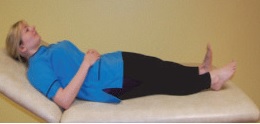
Static quads: press your knee into the bed hold for 5 secs.
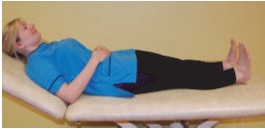
Hip Abduction: Point your toes towards you as far as you can and push your knee into the bed. Slide your leg to the side then back to the middle. Repeat using your other leg.
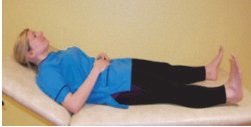
These exercise are for the leg without the catheter. Repeat each exercise 10 to 15 times.
Straight leg raise: Lift your leg off the bed, hold for 5 seconds.
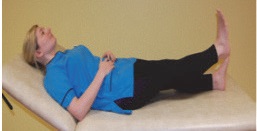
Knee Bends: Using the leg without the catheter, slide your heel to your bottom bending your knee as far as possible and then straighten your knee.
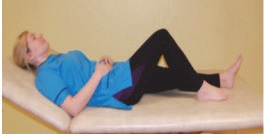
Your catheter is secured so these movements are safe. These exercises should not be painful. If you have any concerns or questions please talk to the nursing or medical team.
This information is intended for patients receiving care in Brighton & Hove or Haywards Heath.
The information here is for guidance purposes only and is in no way intended to replace professional clinical advice by a qualified practitioner.